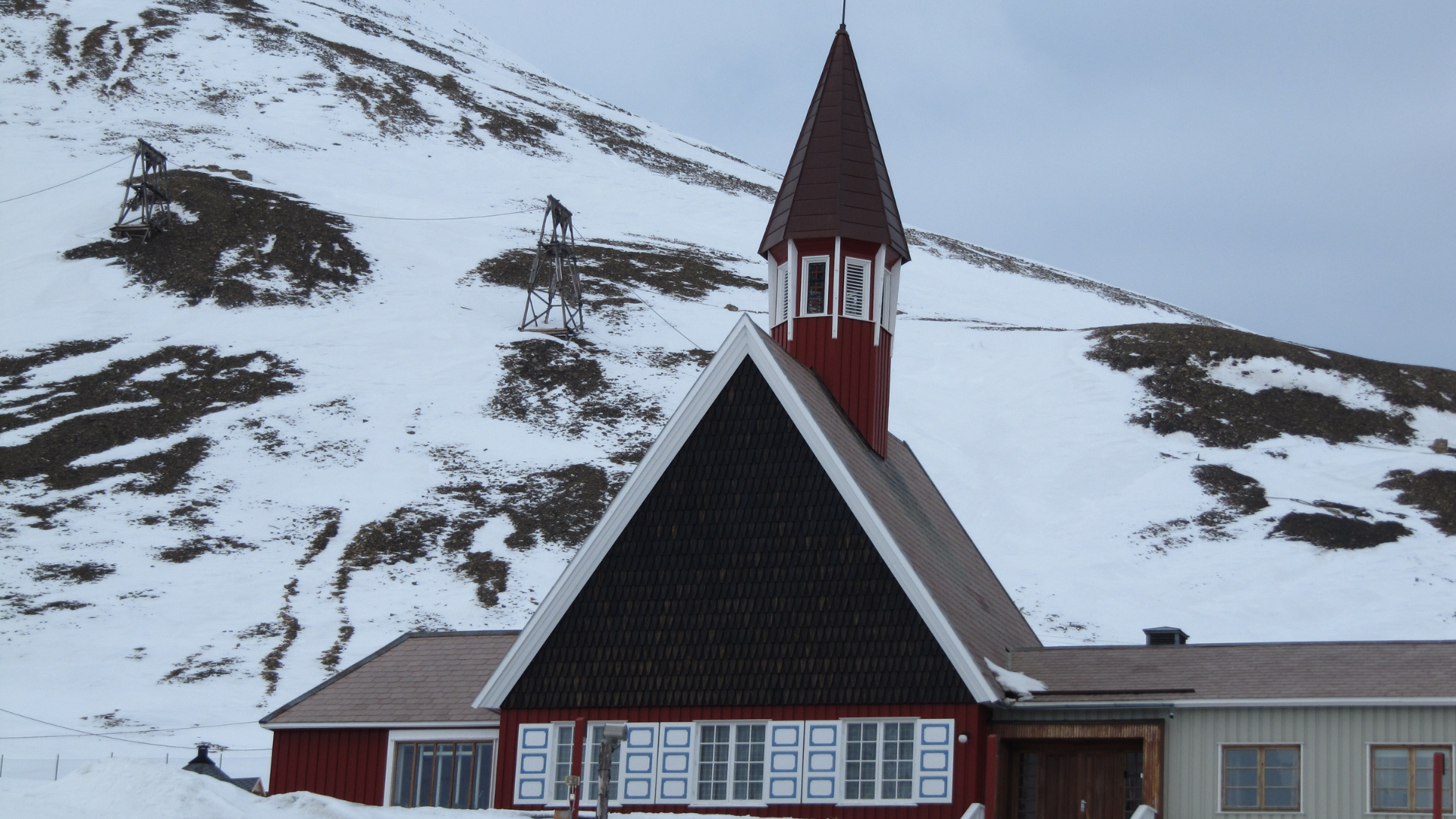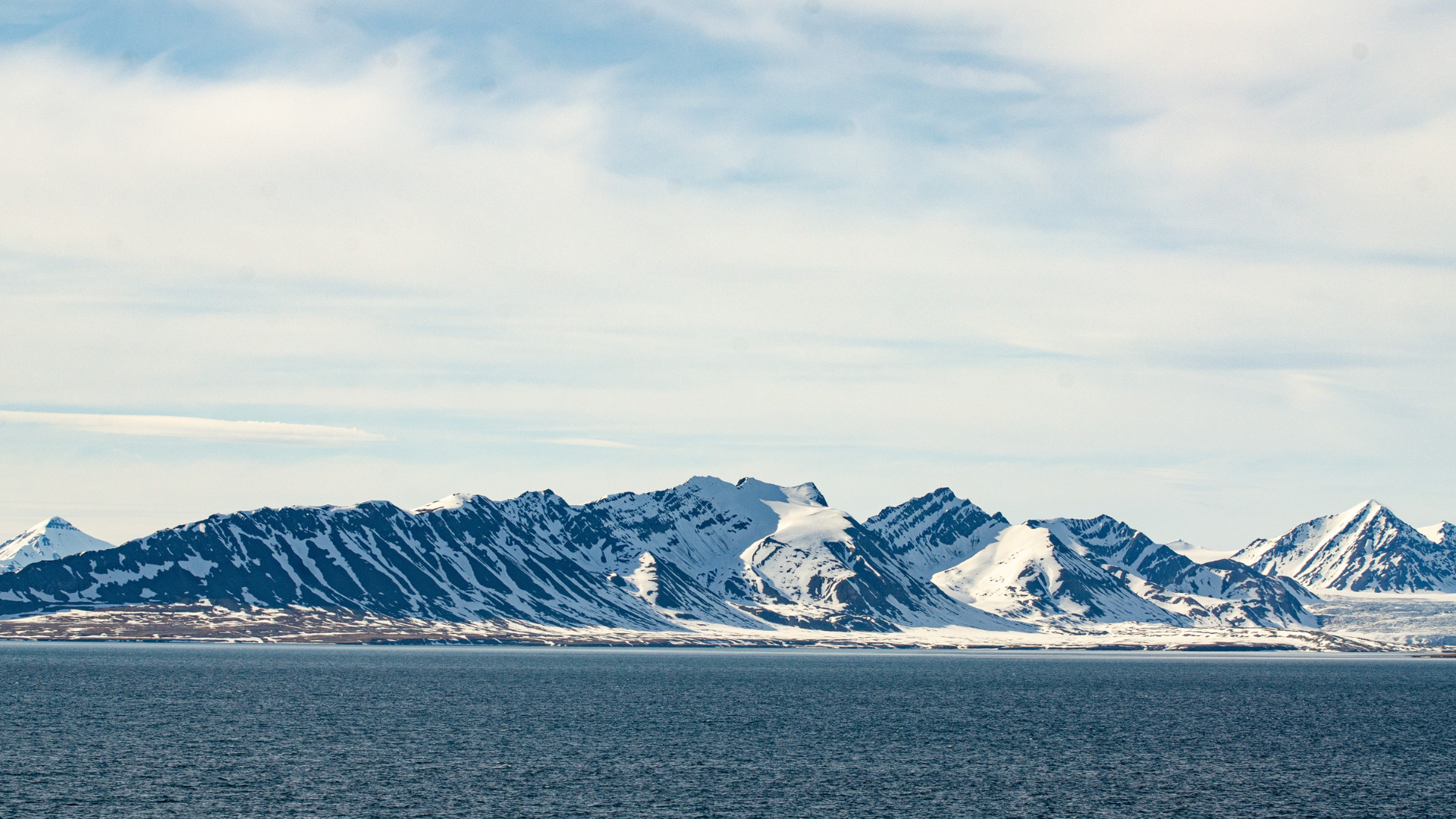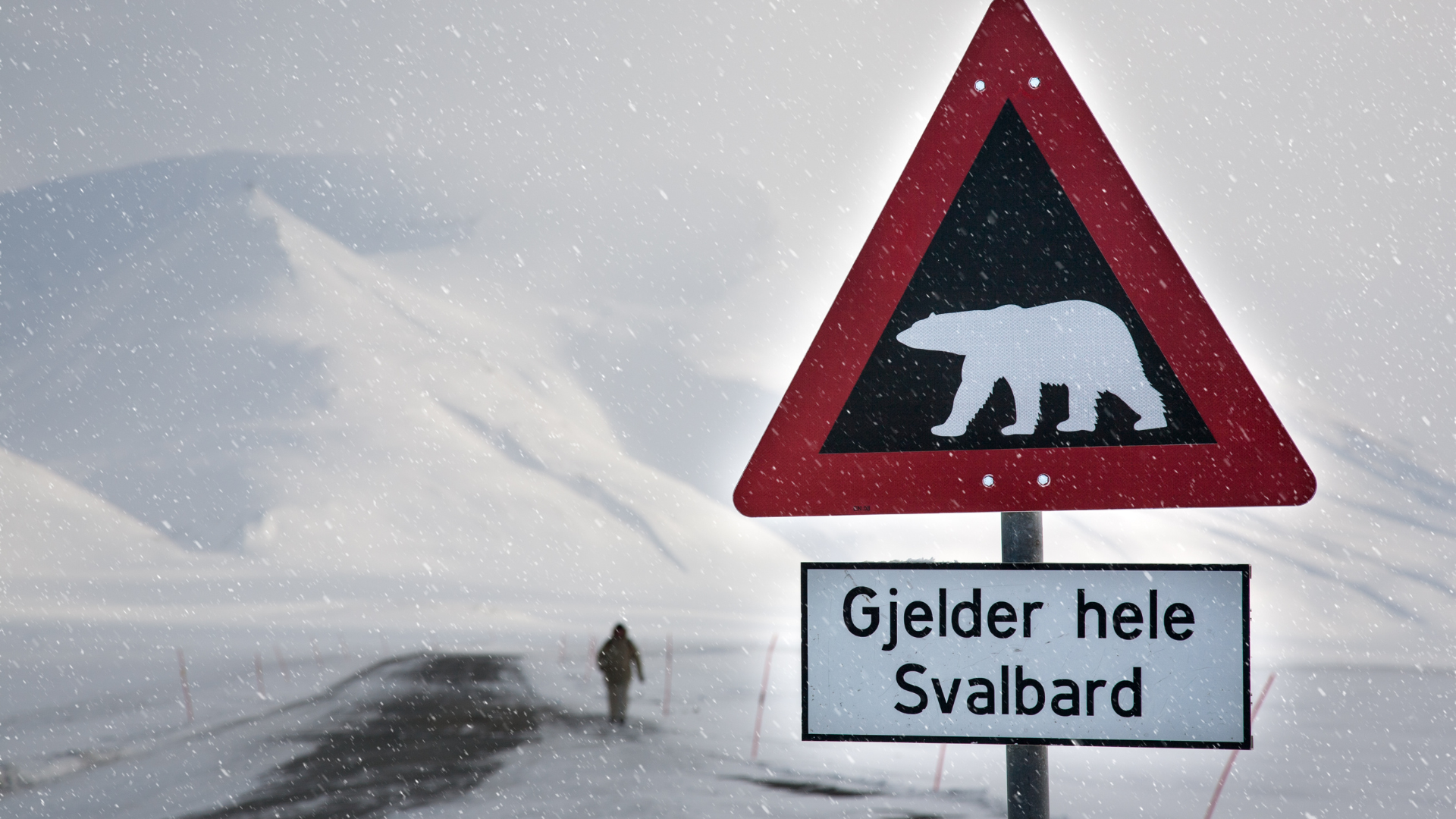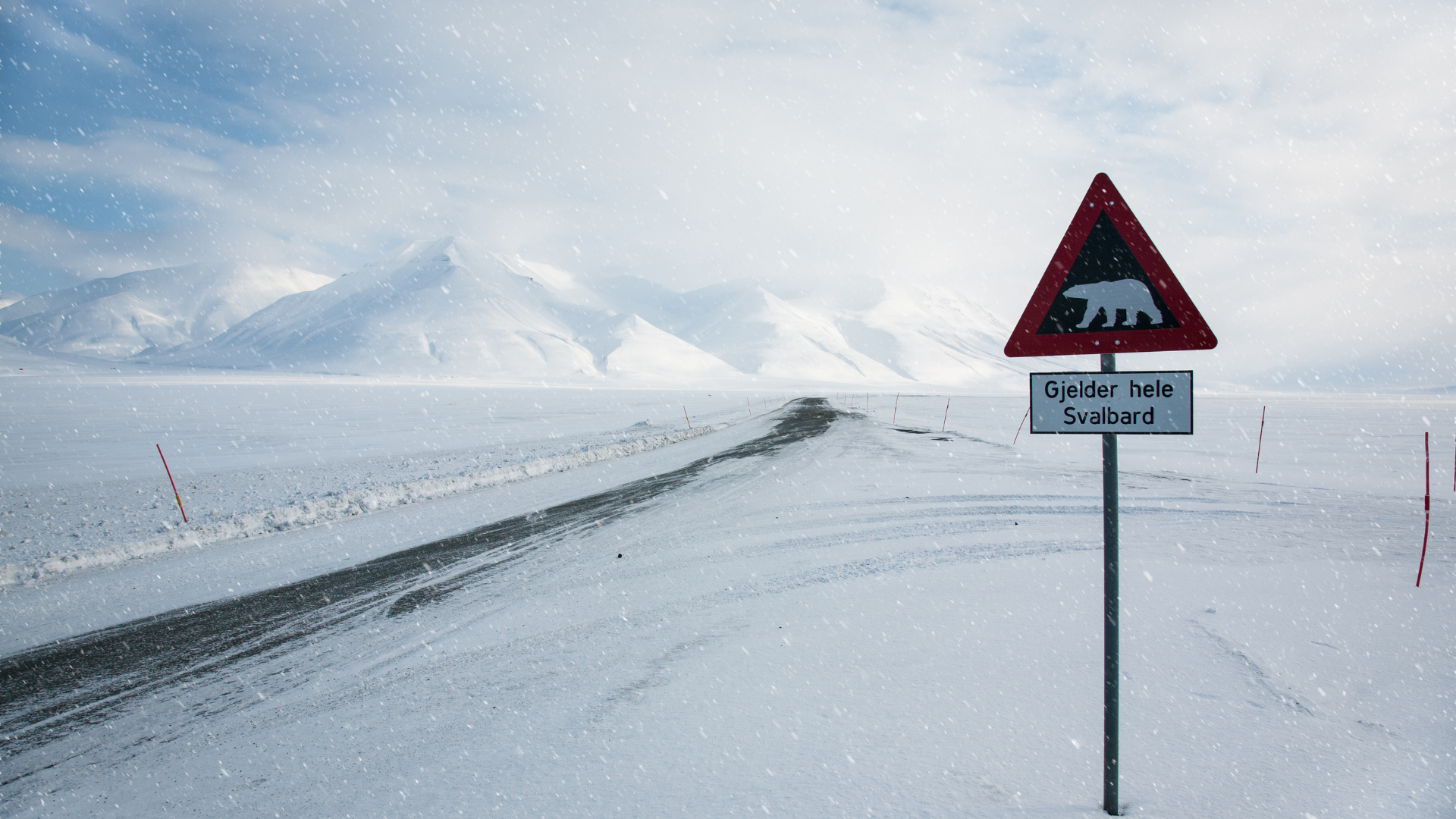Spitsbergen: Exploring the Crown Jewel of Svalbard
Spitsbergen, the largest and most populous island in the Svalbard archipelago, stands as a testament to the raw beauty and rugged wilderness of the Arctic. With its towering mountains, sweeping glaciers, and abundant wildlife, Spitsbergen beckons adventurers and nature enthusiasts to explore its remote and pristine landscapes.
Join us on a journey to uncover the wonders of Spitsbergen, the crown jewel of Svalbard.
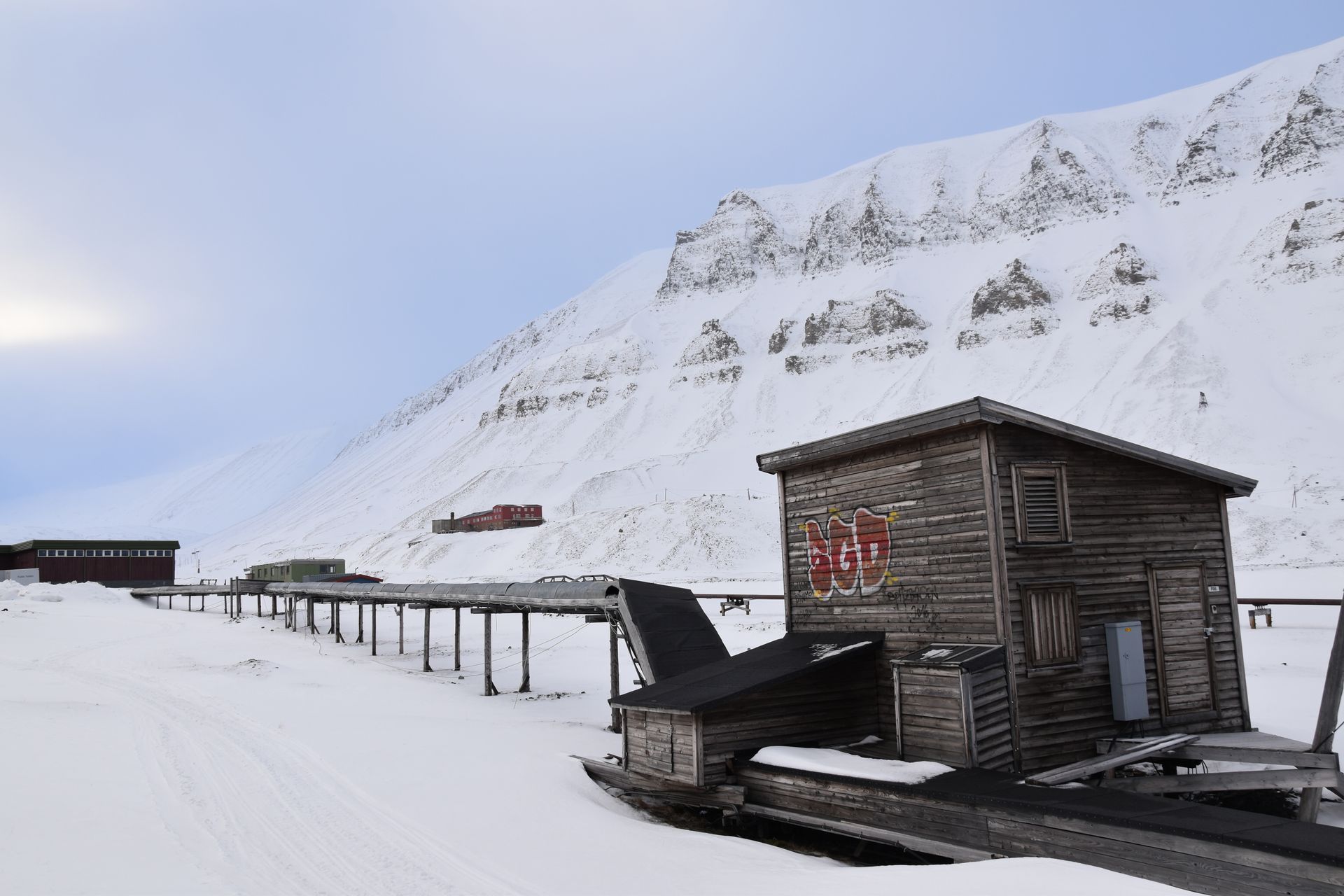
1. Geography and Landscape:
Spitsbergen's landscape is characterized by dramatic contrasts, from jagged peaks and deep fjords to vast glaciers and barren tundra. The island is dominated by a mountainous spine known as the Spitsbergen Range, which runs along its western coast. Numerous glaciers, including the vast ice cap of Austfonna, cover much of the island's interior, carving out deep valleys and sculpting the rugged terrain. Coastal areas are dotted with picturesque fishing villages and abandoned mining settlements, remnants of Spitsbergen's storied past.
2. Wildlife and Biodiversity:
Spitsbergen is home to a rich diversity of Arctic wildlife, including iconic species such as polar bears, Arctic foxes, reindeer, and seabirds. The island's nutrient-rich waters support thriving populations of marine mammals, including seals, whales, and walruses. Bird cliffs teem with nesting seabirds during the summer months, while Arctic foxes roam the tundra in search of prey. Polar bears, the undisputed kings of the Arctic, are a common sight along Spitsbergen's coastline, where they hunt for seals on the sea ice.
3. Human History and Exploration:
Spitsbergen has a rich history of exploration, dating back to the early expeditions of the 17th century. Norwegian whalers and Dutch explorers were among the first to set foot on the island, drawn by its abundant resources and strategic location. In the 20th century, Spitsbergen became a center for coal mining, attracting settlers from Norway and other European countries. Remnants of this industrial heritage, including mining equipment and abandoned settlements, can still be found scattered across the island, providing a glimpse into Spitsbergen's past.
4. Tourism and Adventure:
Today, Spitsbergen is a premier destination for Arctic tourism, offering a wide range of outdoor activities and adventures for visitors to enjoy. From glacier hiking and ice cave exploration to wildlife safaris and polar bear watching, there is no shortage of experiences to be had on the island. Expedition cruises also provide a unique opportunity to explore Spitsbergen's remote coastline and encounter its diverse wildlife up close. With its stunning landscapes and abundant wildlife, Spitsbergen promises an unforgettable adventure in the heart of the Arctic.
5. Climate and Weather Patterns:
Spitsbergen's climate is characterized by its Arctic nature, with cold temperatures and harsh conditions prevailing throughout much of the year. Winters are long and bitterly cold, with temperatures often dropping well below freezing and strong winds sweeping across the island. During the summer months, temperatures rise slightly, and the landscape undergoes a dramatic transformation as snow and ice give way to blooming tundra and rushing rivers. However, even in summer, the weather can be unpredictable, with sudden storms and foggy conditions common along the coast.
6. Research and Scientific Exploration:
Spitsbergen serves as a hub for scientific research and exploration in the Arctic, with numerous research stations and facilities scattered across the island. Scientists from around the world come to Spitsbergen to study a wide range of topics, including climate change, glaciology, biology, and atmospheric science. Research expeditions often venture into the island's remote interior and onto its glaciers, collecting data on ice dynamics, wildlife populations, and environmental conditions.
The unique combination of accessible Arctic terrain and relatively mild climate makes Spitsbergen an ideal location for conducting field research and long-term monitoring projects. The island's proximity to mainland Europe also facilitates logistics and transportation for scientists and research teams. Through their work, researchers in Spitsbergen contribute valuable insights into the dynamics of the Arctic environment and the impacts of global climate change on polar regions.
7. Environmental Conservation and Protection:
Spitsbergen is part of a larger network of protected areas in Svalbard, including national parks, nature reserves, and bird sanctuaries, aimed at preserving the island's unique ecosystems and wildlife. Strict regulations govern human activities in these protected areas, with restrictions on hunting, fishing, and tourism to minimize environmental impact. Efforts are also underway to mitigate the effects of climate change on Spitsbergen's fragile ecosystems, including measures to reduce greenhouse gas emissions and promote sustainable development practices.
Conservation organizations and government agencies work together to monitor wildlife populations, protect critical habitats, and educate visitors about the importance of preserving Spitsbergen's natural heritage. Through collaborative efforts and community engagement, stakeholders in Spitsbergen strive to strike a balance between environmental conservation and sustainable development, ensuring that future generations can continue to enjoy the pristine beauty of the Arctic island.
Conclusion: Spitsbergen stands as a symbol of the untamed wilderness and natural beauty of the Arctic. From its towering mountains and sweeping glaciers to its abundant wildlife and rich history, the island offers a wealth of experiences for those willing to explore its remote and pristine landscapes. Whether seeking adventure or solitude, Spitsbergen beckons travelers to discover the wonders of the Far North and forge their own unforgettable memories in this Arctic paradise.


